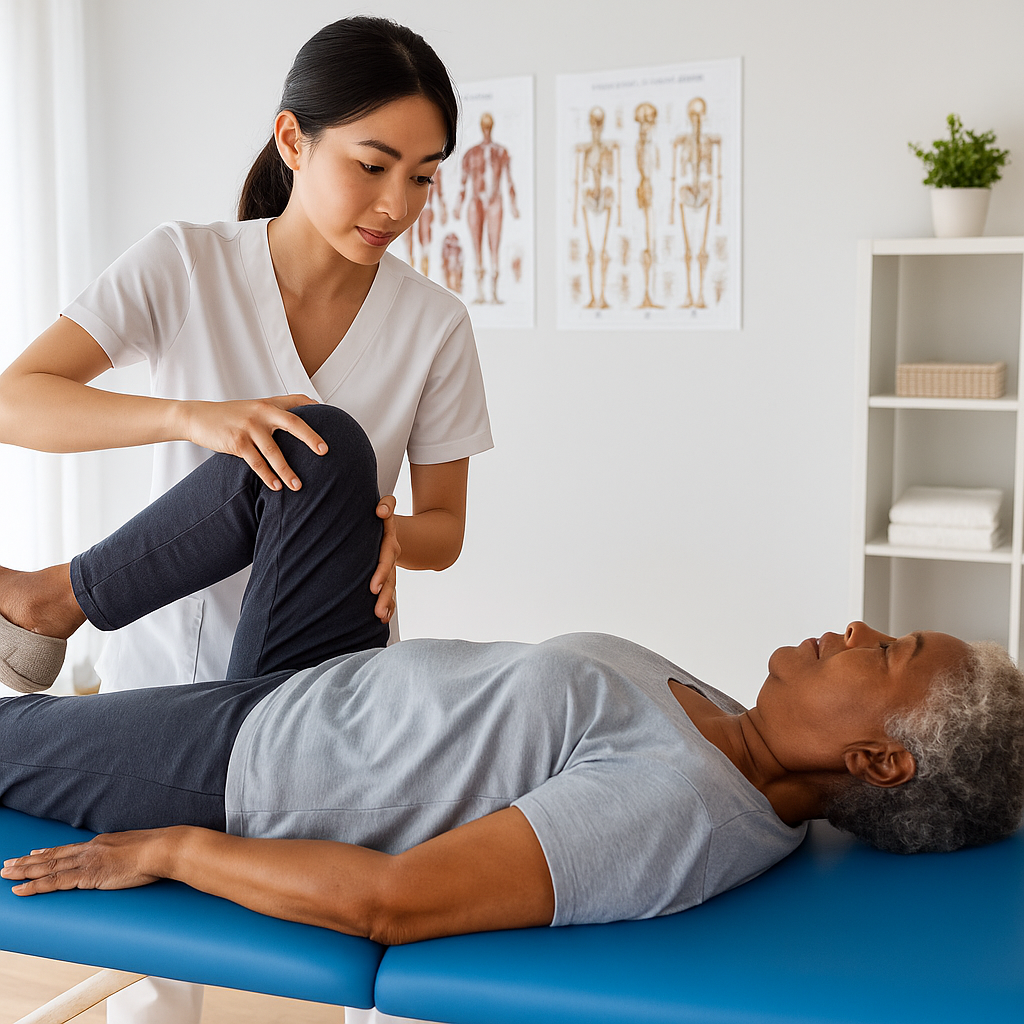 If you're struggling with arm or leg pain in Longmont, CO, you're certainly not alone. We understand the frustration and limitations that come from pain or tingling keeping you from morning walks at the Golden Ponds or preventing you from enjoying time with the kids at Sandstone Park. Our patients often describe numbness, burning, sharp pains, or lingering aches that interfere with work, exercise, and sleep. You might be feeling waves of discomfort that radiate down your arms or legs, or notice that certain activities, like typing or walking, make your symptoms worse. We frequently see patients dealing with arm and leg pain challenges, and our priority is listening closely to your story so we can develop a care plan just for you. At our practice in Longmont, CO, we provide targeted arm and leg pain help in Longmont, CO, delivering supportive care that aims to restore your comfort, mobility, and independence.
If you're struggling with arm or leg pain in Longmont, CO, you're certainly not alone. We understand the frustration and limitations that come from pain or tingling keeping you from morning walks at the Golden Ponds or preventing you from enjoying time with the kids at Sandstone Park. Our patients often describe numbness, burning, sharp pains, or lingering aches that interfere with work, exercise, and sleep. You might be feeling waves of discomfort that radiate down your arms or legs, or notice that certain activities, like typing or walking, make your symptoms worse. We frequently see patients dealing with arm and leg pain challenges, and our priority is listening closely to your story so we can develop a care plan just for you. At our practice in Longmont, CO, we provide targeted arm and leg pain help in Longmont, CO, delivering supportive care that aims to restore your comfort, mobility, and independence.
What Chiropractic Care Can Do for Arm and Leg Pain
While outcomes may differ, patients in Longmont, CO often report real improvements in arm and leg pain after dedicated treatment at our practice. Our care integrates several benefits./
- Pain Reduction: Many find that targeted therapies help to decrease pain and numbness, making daily tasks easier.
- Improved Strength and Function: Focused care can potentially enhance muscle and nerve function in the arms and legs.
- Decreased Need for Medication: Some in Longmont are able to minimize their reliance on pain medications as their symptoms improve naturally.
- Easier Movement: By restoring function and flexibility in the limbs, our care helps many stay active in work, play, and local events.
- Better Overall Comfort: Effective arm and leg pain strategies might promote restful sleep and a greater sense of well-being.